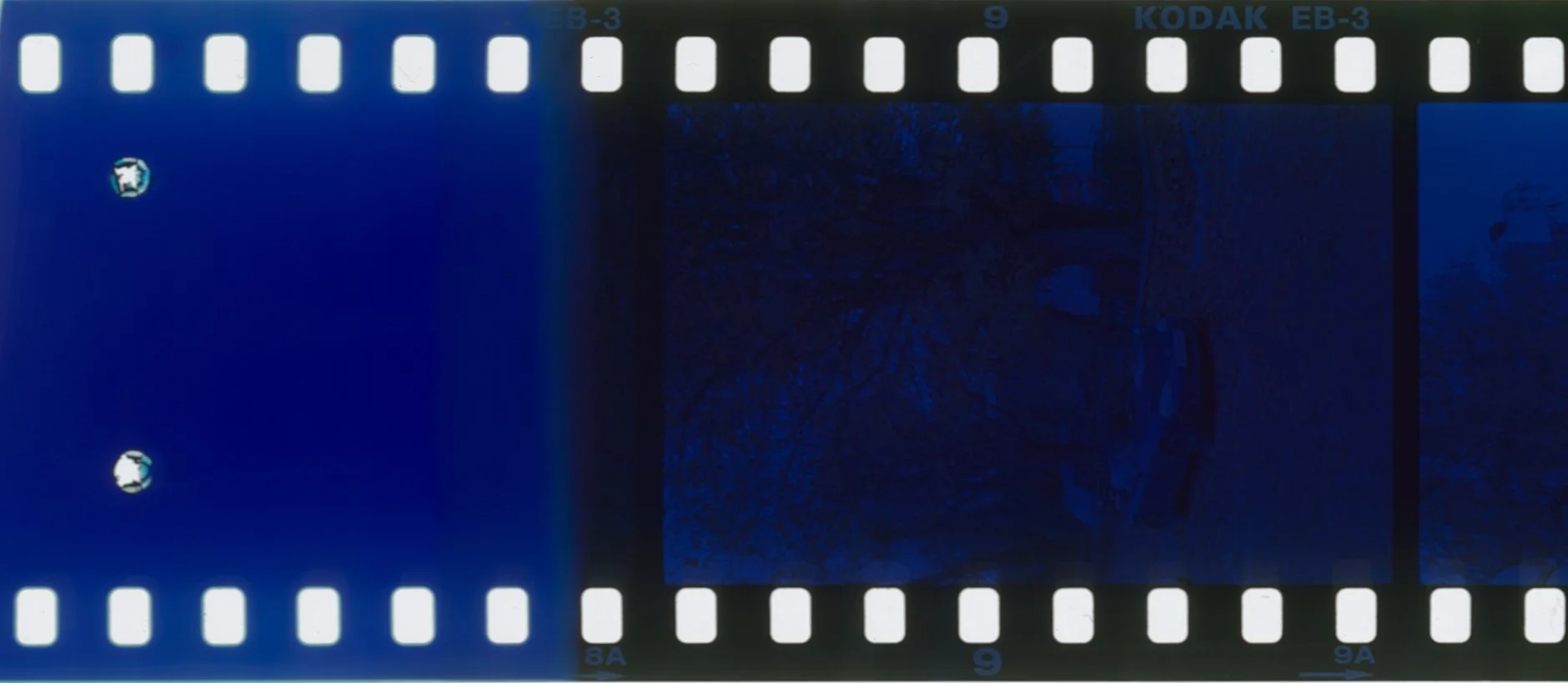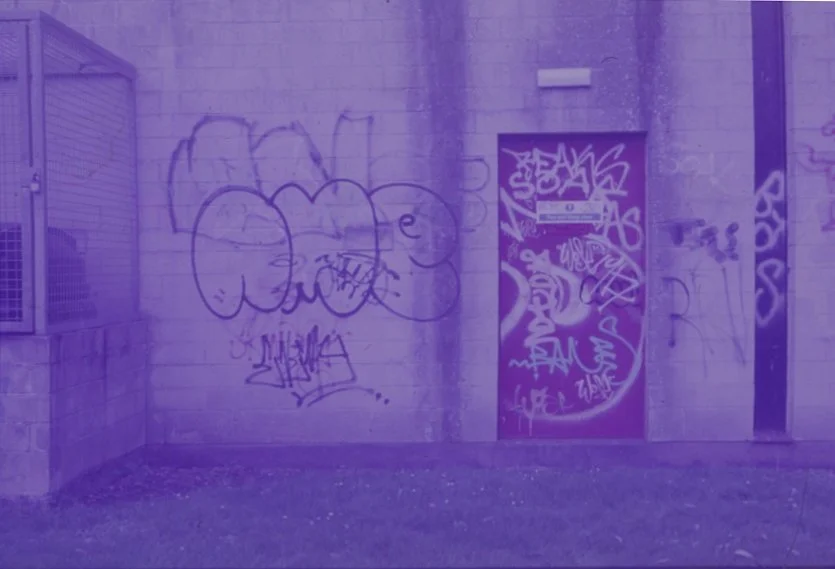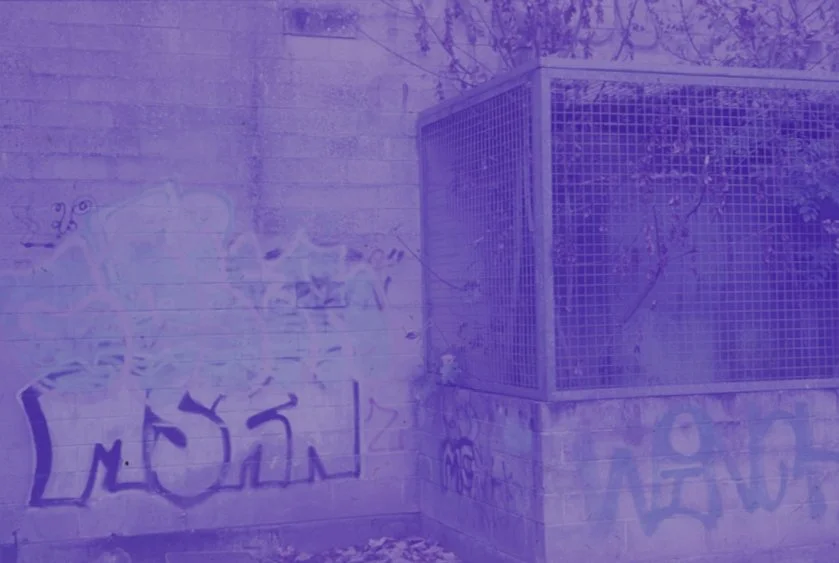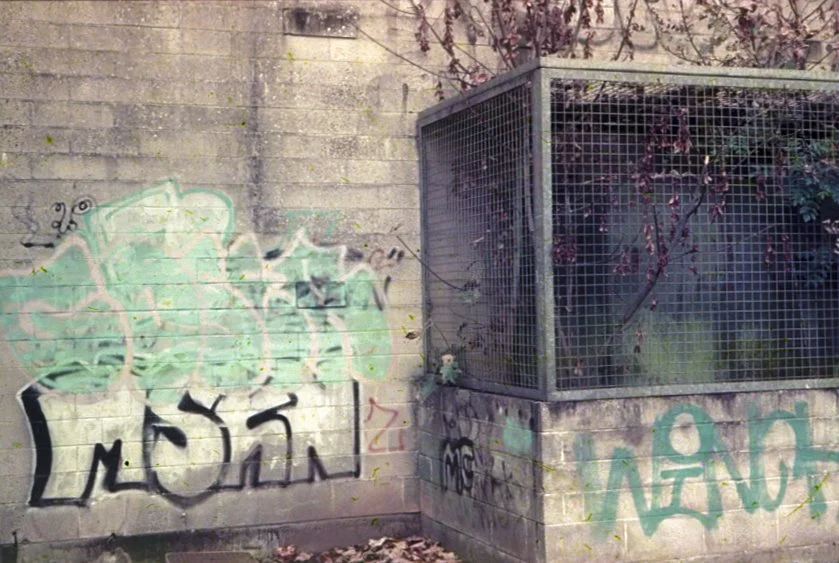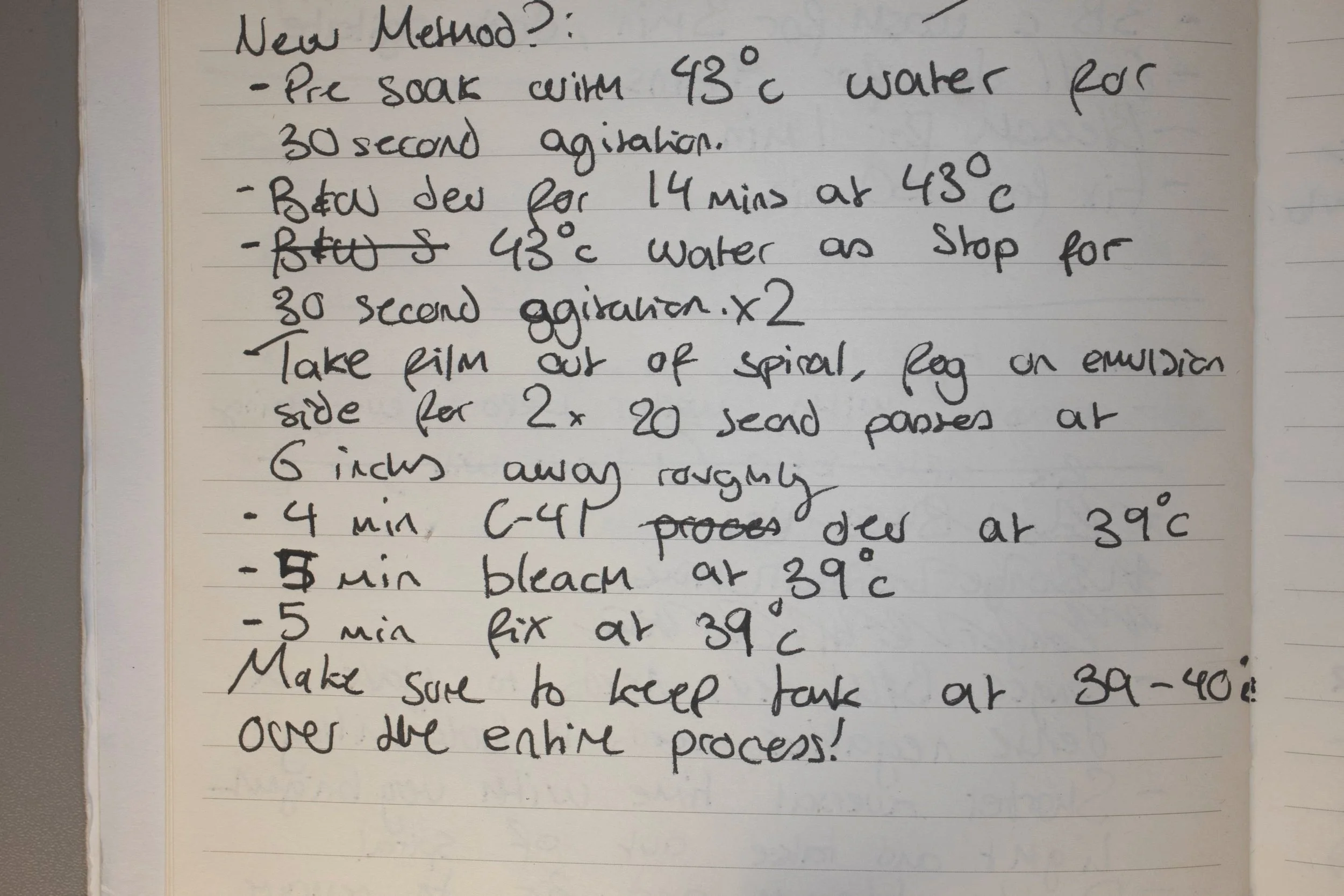Developing Colour Slides with C-41 Chemistry
Yes you heard me right! You can indeed develop slides with B&W and C-41 chemistry. This post will not be a step by step guide but to show how my experiments went.
If you break apart the E6 process you’re able to substitute the first developer with a B&W developer. This develops the exposed silvers. You then need to re-expose/fog the film to reverse the left over silvers. This then creates a mask ready for the colour development. After this you can then develop the rest of the film in C-41 chemistry with standard developing times but you need to double the blix process or in my case the separate bleach and fix process.
I did 6 different test strips cut from a 20 year old roll of Kodak Elitechrome 100 (EB-3). You can see my test strips below.
Before starting I had read about people doing this and getting decent results. However, they were using HC-110, Rodinal or Xtol as the first developer. I only had Ilfosol 3 at the time and unfortunately, couldn’t find anyone attempting this with it. I decided to try 6:30 minutes at 38C without a pre-wash or a pre-heat, this was a complete gamble as I had no starting point. I did indeed get positives but with a really heavy blue cast. The beginning of the strip where it had been exposed to the light should be clear if my process had succeeded. Unfortunately, this part was a very heavy blue indicating I hadn’t washed away or bleached some extra dyes. You can read below my full steps.
For my second attempt, I decided to shorten the first developer to 4 minutes. This gave me a brighter strip but an even more saturated blue cast. For my third and fourth attempt I adjusted the bleach, fix and reversal times to no success.
Seeing this same result for 4 times in a row was very defeating so I did some stronger research. I found a very old post on a forum thread where someone was attempting this process with Ilfosol 3. Bingo! He got acceptable results by developing for 14 minutes at 43C.
So for my fifth attempt I decided to try 14 minutes at 43C for the first developer and also tried a pre-soak for a continuous 30 second agitation at 43C, as I had also read about this online. During the entire first process I kept my developing tank in a 43C water bath to insure consistent temperature. After my first developer was done I moved onto the C-41 process. This time I decided to try it at 39C. I don’t believe this had a major impact but some people had recommended it online. I also bleached and fixed the film for 5 minutes each. This gave much better results! I also had finally got the beginning of the film to be clear. However, I had a very strong purple/blue cast to the entire positive including the edges. At the beginning of this experiment I knew I’d get some colour casts but I wasn’t expecting this so I definitely feel I may have gone wrong somewhere.
Above you can see some scanned positives. I brought these into Photoshop to attempt to mitigate or fix the colour cast to a surprising success!
This isn’t by any means a replacement to E6. But I wanted to try this because I have C-41 chemistry and my University supplies Ilfosol 3. For my next attempt, I’m going to use the same steps from above but increase the bleach and fix times and potentially fog the film with a brighter and cooler light. I believe the purple/blue cast is caused by some dye not being washed away somewhere correctly. This could be due to the bleach or fix not being long enough or I haven’t used either the B&W or C-41 developer for long enough. If you have any suggestions please feel free to let me know in the comments. I’d love to try and get this as best as I can! My next experiment will be creating B&W slides….


